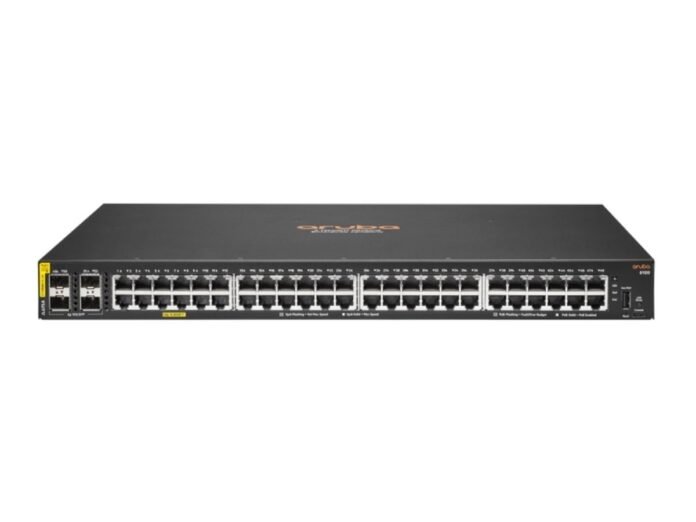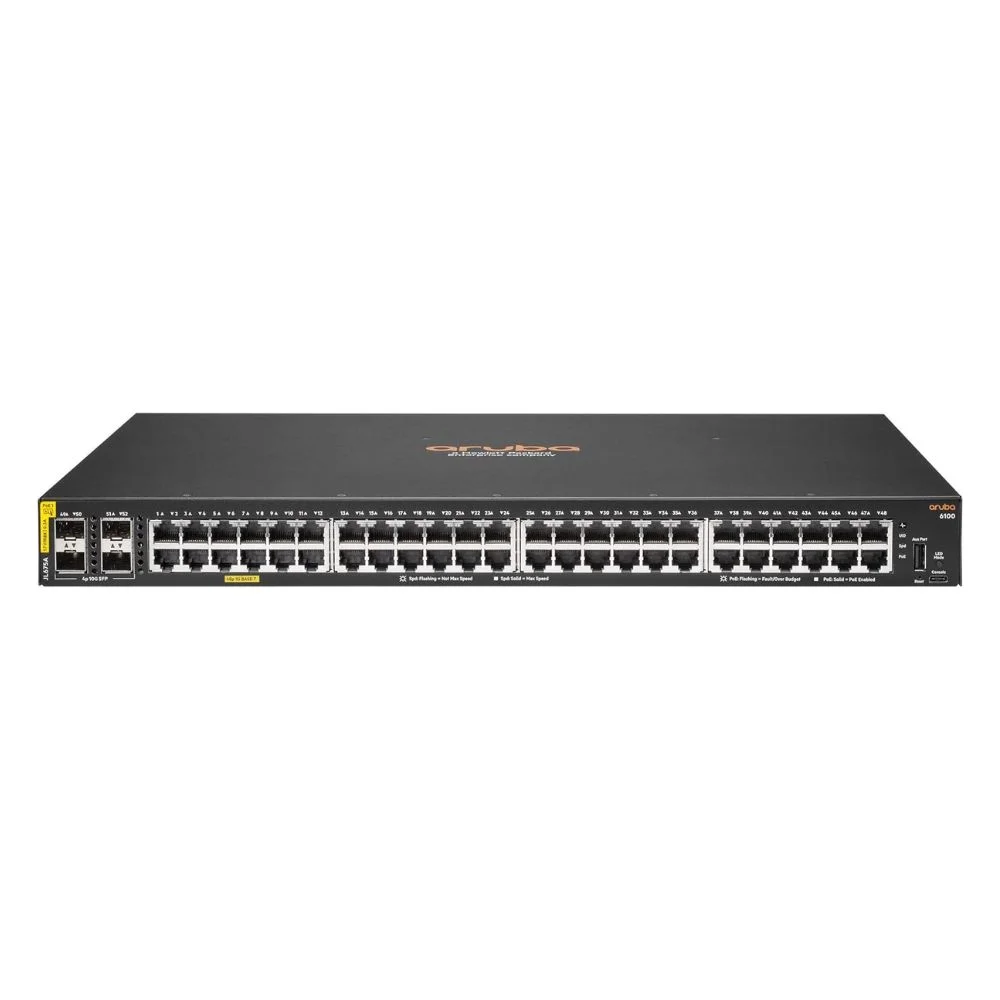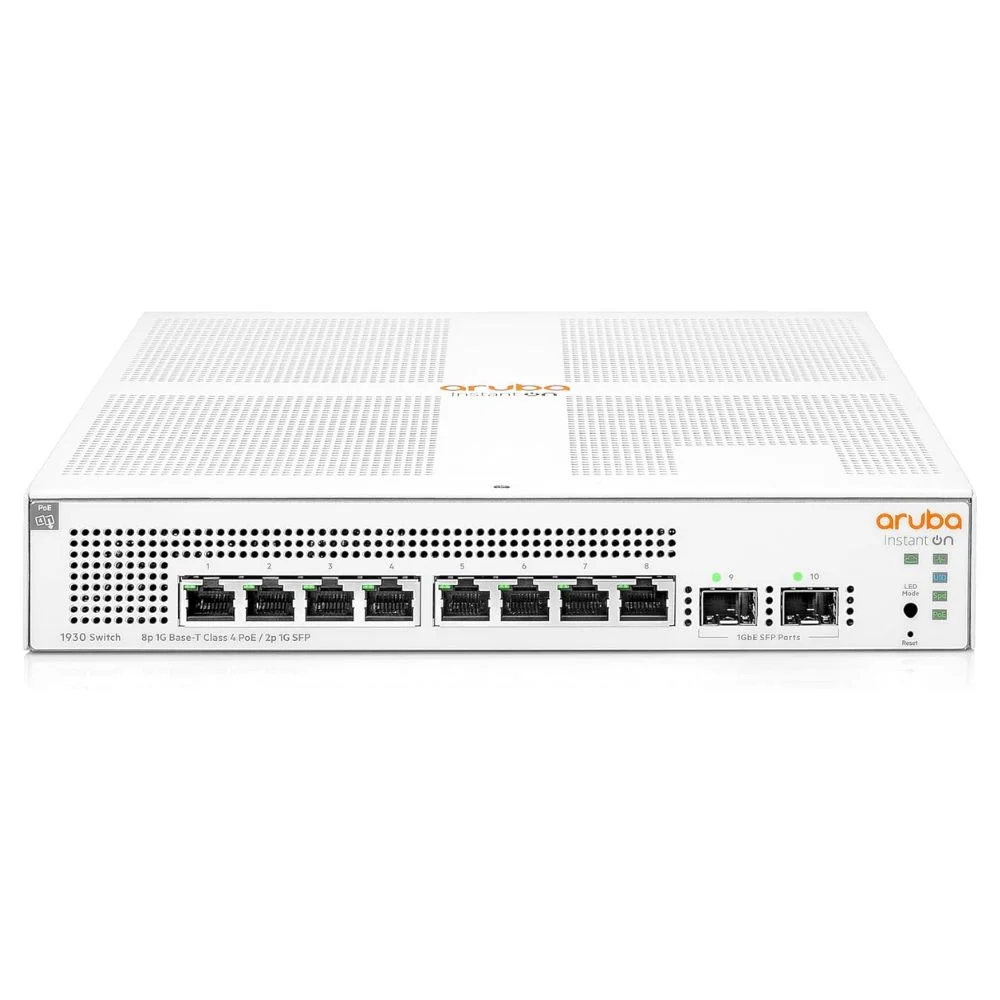
HPE Aruba is known for their high-performance networking solutions made for small to large enterprises. Among their many switches, two popular models are the Aruba JL675A and JL681A. If you’re torn between which switch will work best in your network, this article will help you come to a decision.
HPE Aruba JL675A and JL681A Overview

JL675A and JL681A are advanced members of the Aruba network switch family. Both different in specifications, features, and use cases and yet exhibit exceptional similarity in quality and reliability.
Features and Specifications That Matter
1. HPE Aruba Switch JL675A

Product Type: Aruba 6100 48G Class 4 PoE 4SFP+ Switch’.
Port Configuration: 48 x Gigabit Ethernet ports, all with Class 4 PoE support.
Uplinks: 4 x SFP+ uplink ports.
PoE: Class 4 PoE that powers all common devices, including but not limited to, IP cameras, VoIP phones, and access points.
Performance: Reliable performance and energy efficiency, best for small-to-medium-sized networks or branch offices.
2. HPE Aruba Switch JL681A

Model Type: Aruba 6100 8SFP+ 4SFP+ Switch
Port Configurations: 8 x SFP+ fiber ports for high-speed connectivity.
Uplink Ports: 4 x SFP+ uplink ports.
Fiber Support: Constructed for the type of conditions requiring minimalistic yet effective fibre connectivity.
Performance: Optimized performance for modern networking demands, particularly for smaller deployments.
Comparing and Contrasting
1. Port Configuration
JL675A: 48 Gigabit Ethernet ports, ideal for edge deployments where many end devices (like PCs and access points) connect.
JL681A: 8 SFP+ Ports on Fiber: Meaning these are fibers of high-rate speeds for compact and effective deployments.
2. Power over Ethernet (PoE)
JL675A: Supports Class 4 PoE enabling the powering of attached devices by the Ethernet cable; thus, it is very useful in access layer deployments.
JL681A: Does not feature PoE and is, therefore, for data transfer only.
3. Application Scenarios
JL675A: Probably the most suited model to put into place within an organization that requires a multipurpose switch to connect a large number of Ethernet-based devices.
JL681A: Probably the best for data centers, backbone networks, or environments prioritizing fiber connections for long-distance, high-speed communication.
So, which one you should choose?
That’s to decide based on your very own network needs:
Aruba JL675A Network Switch
- there are many Ethernet ports in this particular switch.
- Power-over-Ethernet (PoE) support is highly desirable.
- You are building edge or access-layer networks for end-devices.
Aruba JL681A Network Switch
- Fiber connectivity be the most important requirement in your network.
- You need a fast backbone or aggregation layer switch.
- PoE is not a requirement of your installation.
Final Thought
Both the HPE Aruba JL675A and JL681A switches give top performance, but one of them will be more suitable after considering the needs of your network. The JL675A is demandingly feature-rich for edge deployments and places where PoE support is necessary, while the JL681A is crafted for superfast fiber networks. Make an analysis on what you such as port type, PoE, and network designing before making a switch decision for your company. Both models are indicative of what is common in the speakership of HPE Aruba as a brand precisely about quality and performance, so regardless of which one you choose, you can’t go wrong with it.



Appreciate the comparisonAruba Switches Blog Comment between the JL675A and JL681A—it’s helpful to see a breakdown focused on real-world network needs. It’d be interesting to hear more about how each switch performs under high traffic loads or in environments with heavy IoT integration.
This comparison between the JL675A and JL681A is super helpful for anyone managing enterprise-scale networks. I’d love to see more insight into how each model handles scalability or power efficiency in high-traffic environments—those are often make-or-break factors when planning long-term infrastructure.
Helpful breakdown! It’s easy to get overwhelmed with model numbers, so highlighting the core differences between the JL675A and JL681A really helps clarify things. Curious—have you noticed any performance trade-offs when choosing one over the other for high-traffic environments?
Appreciate the breakdown between the JL675A and JL681A—it’s always tricky navigating switch options when both seem similar at first glance. One angle that might help readers even more would be to compare use cases by business size or deployment type (like edge vs. core). Looking forward to more of these side-by-side comparisons!
Great breakdown! I’ve seen a few clients struggle choosing between these two, especially when factoring in port density and uplink flexibility. It’s helpful to have a side-by-side comparison like this to simplify those decisions.
Thanks for highlighting the differences between the JL675A and JL681A. It’d be helpful to know how their management features compare, especially for remote configuration.
This is a great breakdown of the Aruba switches. I think a lot of people get caught up in the specs without considering the practical applications for their network size. It’d be interesting to know more about how these switches perform in real-world conditions—especially in terms of uptime and ease of management.
I appreciate how this post focuses on comparing these Aruba models head-to-head. It’d be helpful to know if there’s a noticeable difference in power efficiency or cooling requirements between them.
Great comparison! It’s helpful to see a breakdown between the JL675A and JL681A, especially for those trying to balance performance with specific network needs. I’d be curious to know how each performs under real-world traffic loads—do you have any insights or benchmarks on that?
Thanks for laying out the differences between the JL675A and JL681A—helped clarify a few specs I wasn’t sure about. Would love to see a future post diving into how they handle real-world traffic loads.
The article makes an excellent point about understanding specific network needs. The JL675A seems ideal for small enterprises, but I’m curious about the real-world performance of these models in mixed environments.
Appreciate the side-by-side comparison—it makes it easier to align each switch’s capabilities with specific network environments, especially for growing IT infrastructures.
This comparison came at the right time—I’m reviewing my current switch setup and weighing performance versus future scalability. Would love to see more details on how they each handle PoE+ loads or redundancy features.